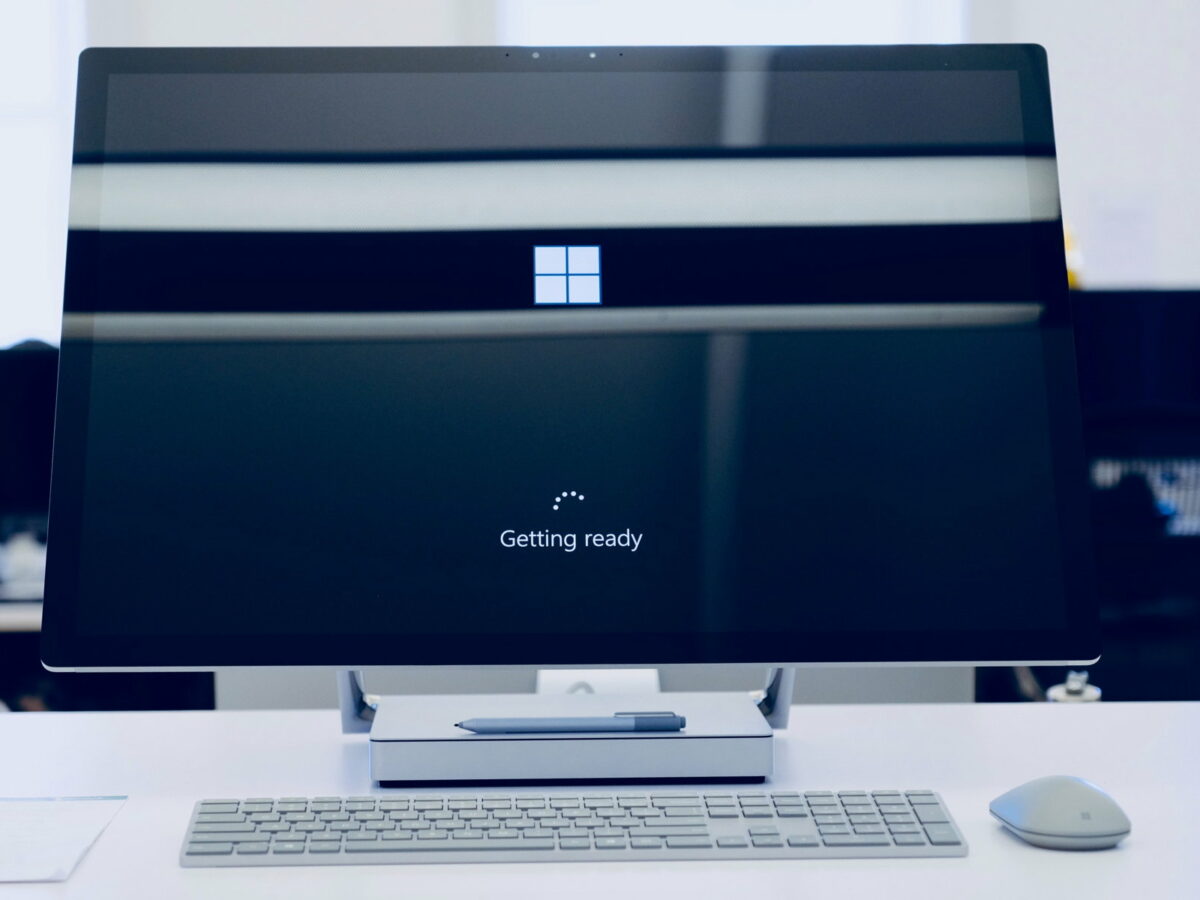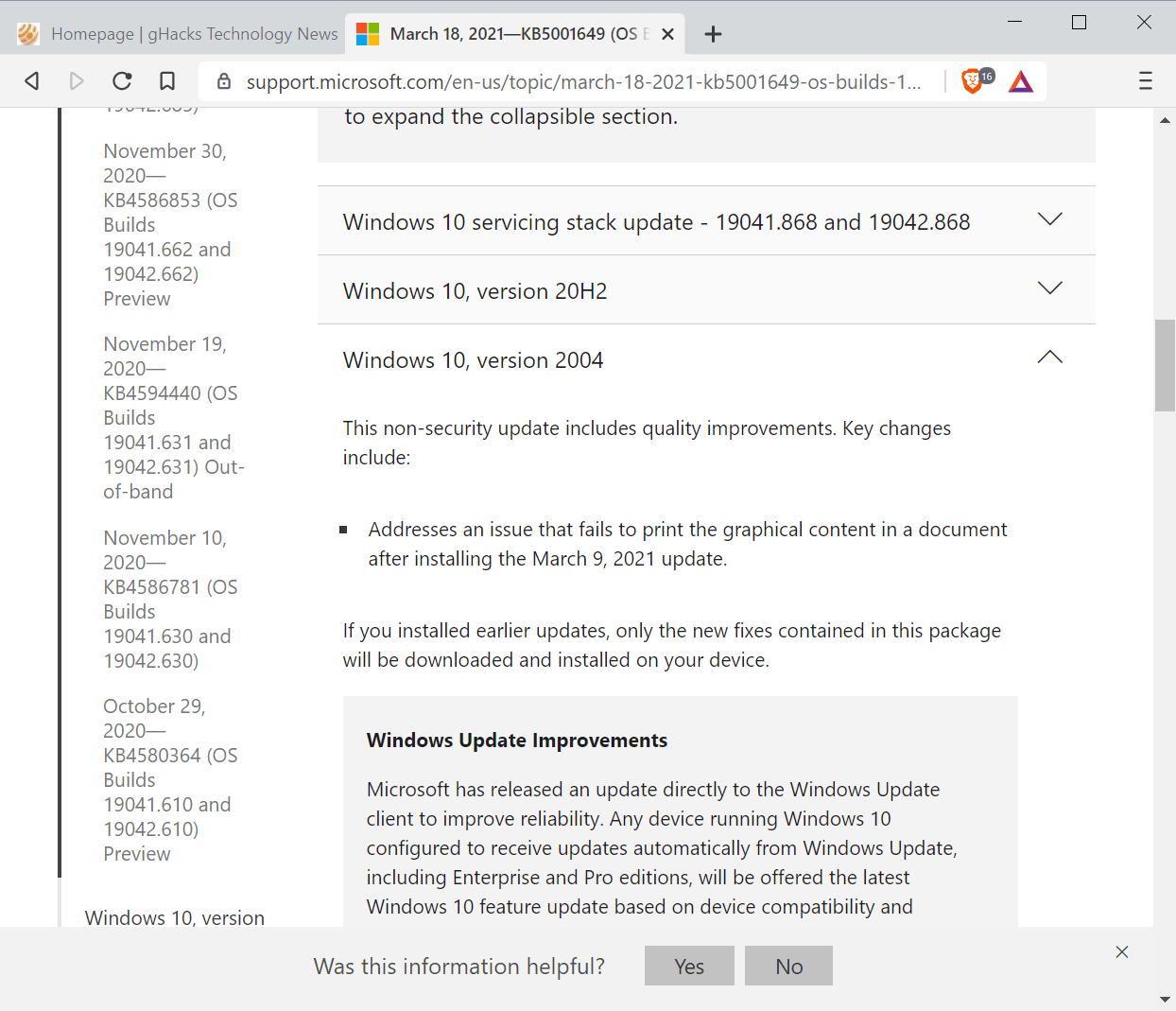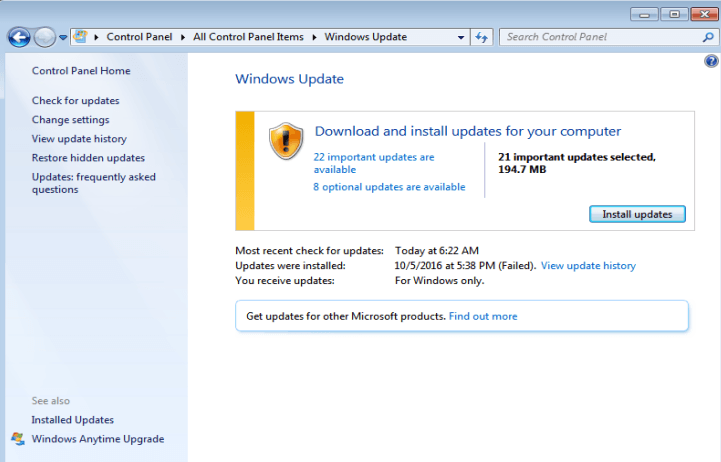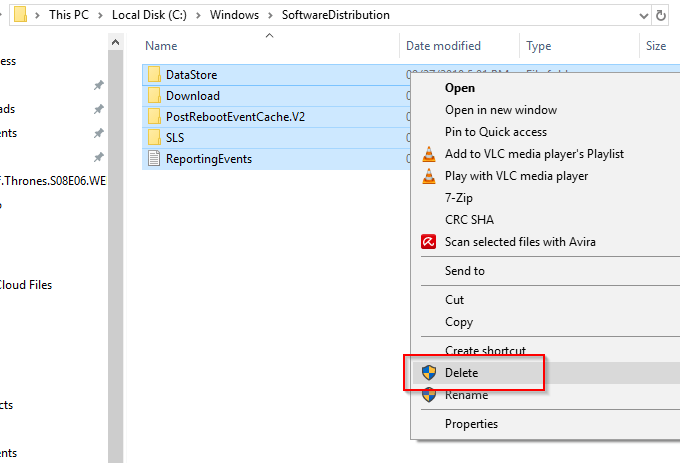

Go ahead and try running Windows Update again. Most of the time, the troubleshooter can successfully remove a stuck update from the queue. The troubleshooter works through its process and then lets you know whether it could identify and fix the problem. Giving the tool administrative privileges helps ensure that it can delete files in the download cache.

In the advanced settings, make sure that the “Apply repairs automatically” check box is enabled, click “Run as administrator” and then click Next. In the Windows Update troubleshooting window, click “Advanced.” In the Control Panel list of troubleshooters, in the “System and Security” section, click “Fix problems with Windows Update.” To run the troubleshooter, hit Start, search for “troubleshooting,” and then run the selection that search comes up with. You’ll find it in the same place on all modern versions of Windows. This troubleshooter is available on Windows 7, 8, and 10.

Remember: Windows updates are important. No matter what troubles you’re having, we recommend keeping automatic updates turned on-it’s one of the best ways to keep yourself safe from ransomware and other threats. Sometimes updates will error out, or sometimes Windows Update may just get stuck “searching for updates” forever. This can happen on Windows 7, 8, or 10, but it’s become especially common with Windows 7.



 0 kommentar(er)
0 kommentar(er)
